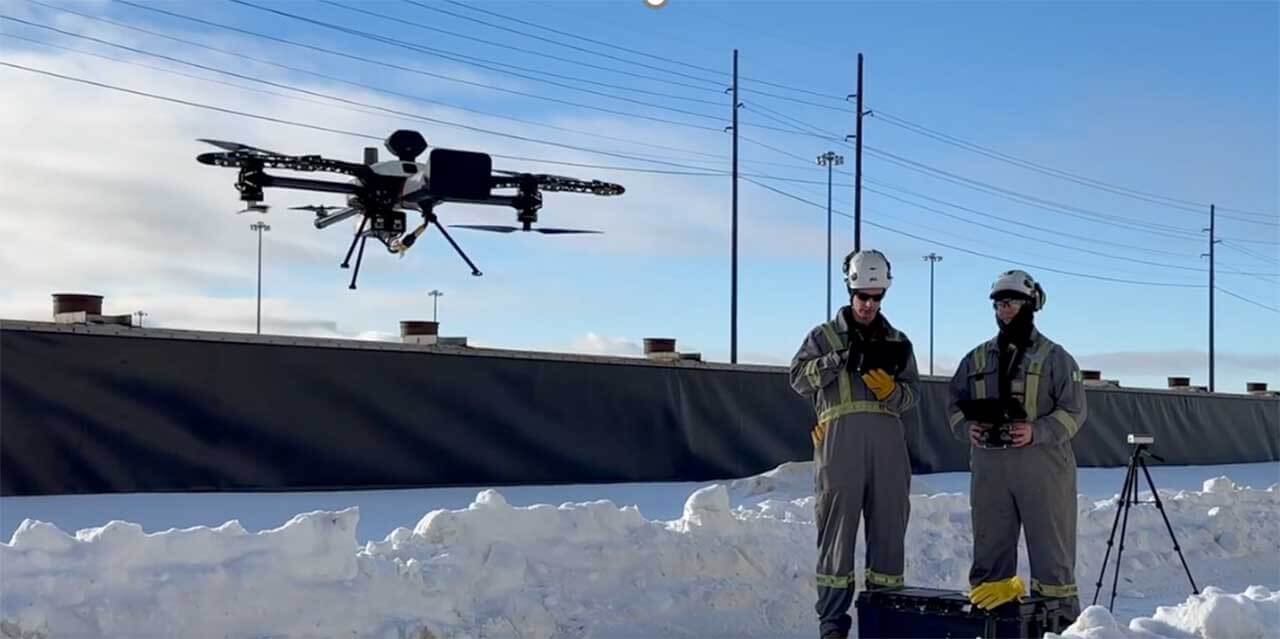In the oil and gas industry, corrosion under insulation (CUI) is a silent threat—one that can cost companies millions, disrupt operations, and pose significant safety risks. Traditional CUI inspection methods are often slow, costly, and disruptive. Osprey Integrity, a Canadian-born company now expanding into the United States, has cracked the code on timely, cost effective and seamless CUI detection and asset integrity management using advanced drone, visual, and infrared technologies. Their systematic yet adaptable approach maximizes value and minimizes disruption, particularly for large-diameter assets where traditional inspection methods are cumbersome and expensive.
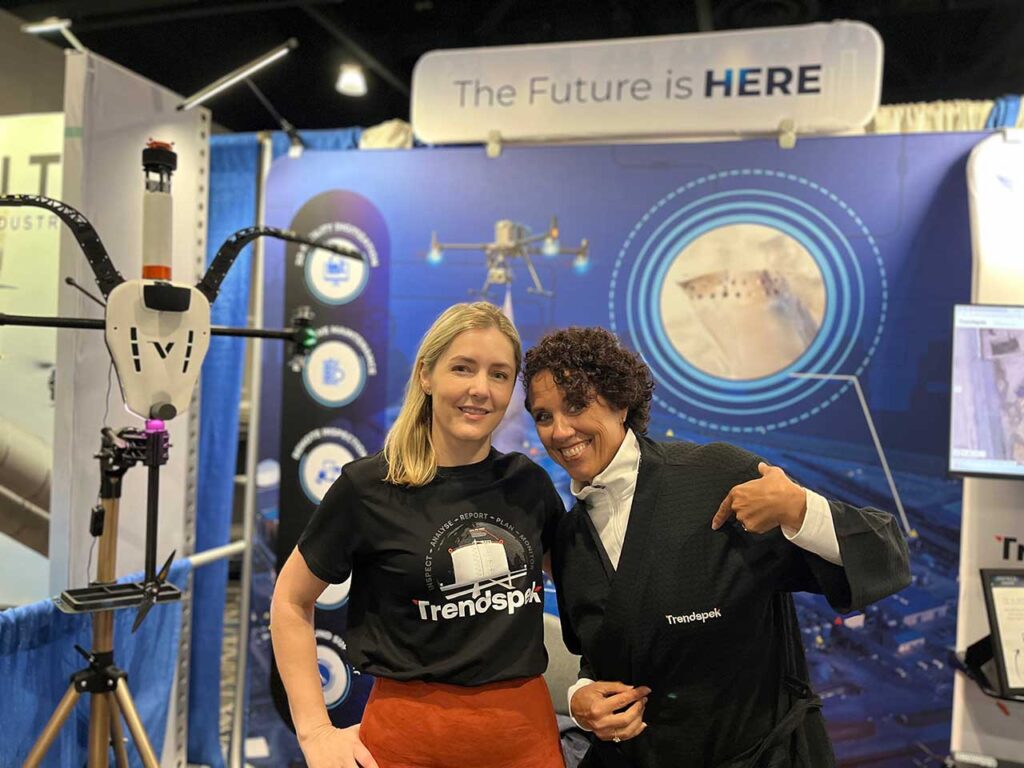
The CUI Challenge: A Billion-Dollar Problem
CUI remains a pervasive issue for industries that rely on insulated assets such as tanks, pressure vessels, and piping. Globally, corrosion costs the oil and gas sector an estimated $276 billion annually, with CUI accounting for up to 40% of that figure. The fact that CUI often stays invisible until it becomes a major problem, requiring expensive repairs and risking environmental and safety incidents, exacerbates the problem.
Traditional inspection methods typically involve erecting scaffolding, stripping insulation, and conducting manual inspections. This expensive process not only consumes precious but also exposes workers to safety risks. According to Siddharth Gupta, P.Eng, Suncor Energy’s Manager of Reliability Engineering, the scaffolding alone requires a few days to assemble, but a drone can be in, out and done in 20 minutes. That provides huge savings—not just in terms of cost, but also in safety and operational uptime.
From Inspiration to Innovation: The Osprey Integrity CUI Story
Osprey Integrity’s drone-CUI journey began with a spark of inspiration from an unexpected source. A client, grappling with a CUI issue, wondered if the thermal vision seen in the movie “Predator” could be adapted for industrial inspection. This idea led to a proof of concept: using drones and thermal imaging to scan boiler seawater tanks. The results were striking—the workflow accurately identified problem areas, which manual inspections later confirmed.
Since that first field test, Osprey has refined its methodology across more than 60 assets, achieving a 77% success rate in accurately pinpointing CUI locations—a significant leap over random sampling or blanket insulation removal.
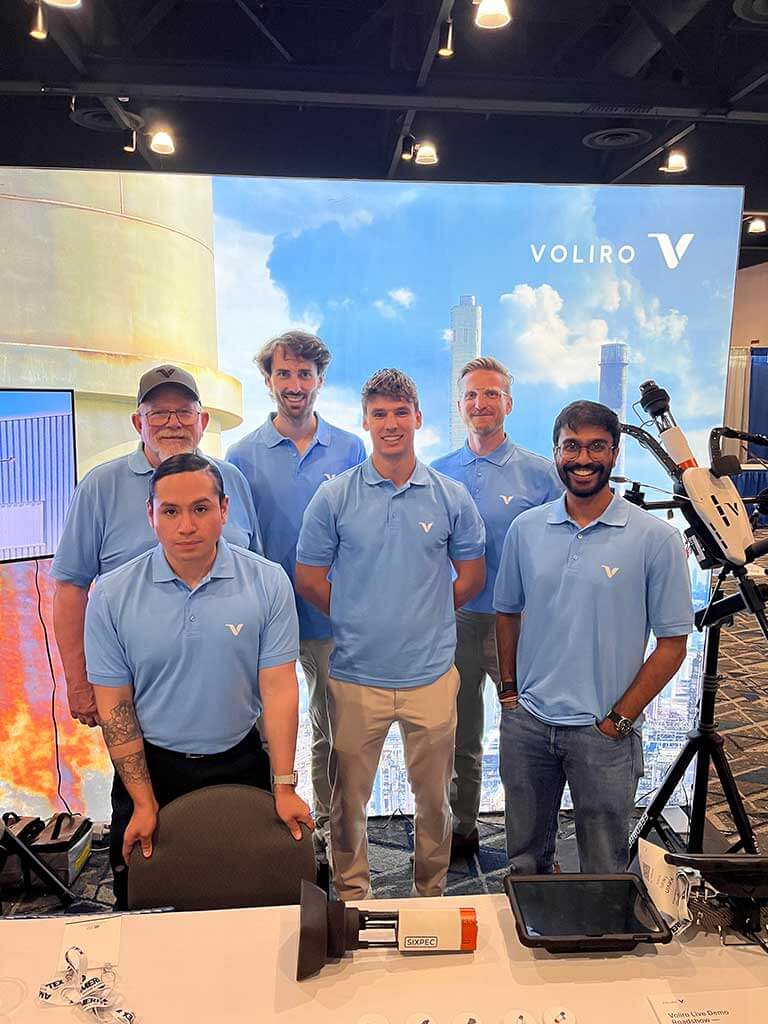
The Workflow For Smarter, Safer, Faster CUI Detection
Osprey Integrity delivers a masterclass in leveraging advanced technology for operational excellence, combining precision with practicality to transform CUI detection.
Historical Data Review
Inspectors begin by analyzing asset history and process conditions to pinpoint areas most susceptible to CUI, ensuring inspections are focused and efficient.
High-Definition Visual and Thermal Inspections
Drones equipped with high-resolution cameras conduct daylight visual inspections to spot visible signs of ingress, breaches, or material changes—critical indicators of CUI risk. Simultaneously, both daytime and nighttime thermographic (infrared) analysis is performed to detect temperature anomalies that may signal corrosion or moisture ingress. This dual approach is essential for minimizing false positives and capturing comprehensive imagery.
Data Analysis and Cross-Referencing
Experts cross-reference thermal anomalies with visual cues and process data to carefully rule out false positives caused by factors such as emissivity changes or environmental loading. This ensures only genuine risks are flagged for further investigation.
Targeted Quantification with PEC Tools
When potential issues are identified, Osprey uses the Voliro-T drone equipped with Pulsed Eddy Current (PEC) tools to measure metal thickness in the flagged areas. PEC works by generating magnetic pulses that induce eddy currents within the component wall; the system then measures the decay of these currents to determine average wall thickness, even through thick layers of insulation or cladding. This technique enables rapid, non-invasive, and accurate quantification of metal loss in areas flagged by visual or thermal inspections, and makes it ideal for CUI detection in challenging environments. This quantitative testing determines metal loss without the need for insulation removal or scaffolding, enabling non-invasive and precise assessment. (See prior AG coverage of Osprey and Voliro here; watch Osprey and Voliro on the Dawn of Autonomy here).
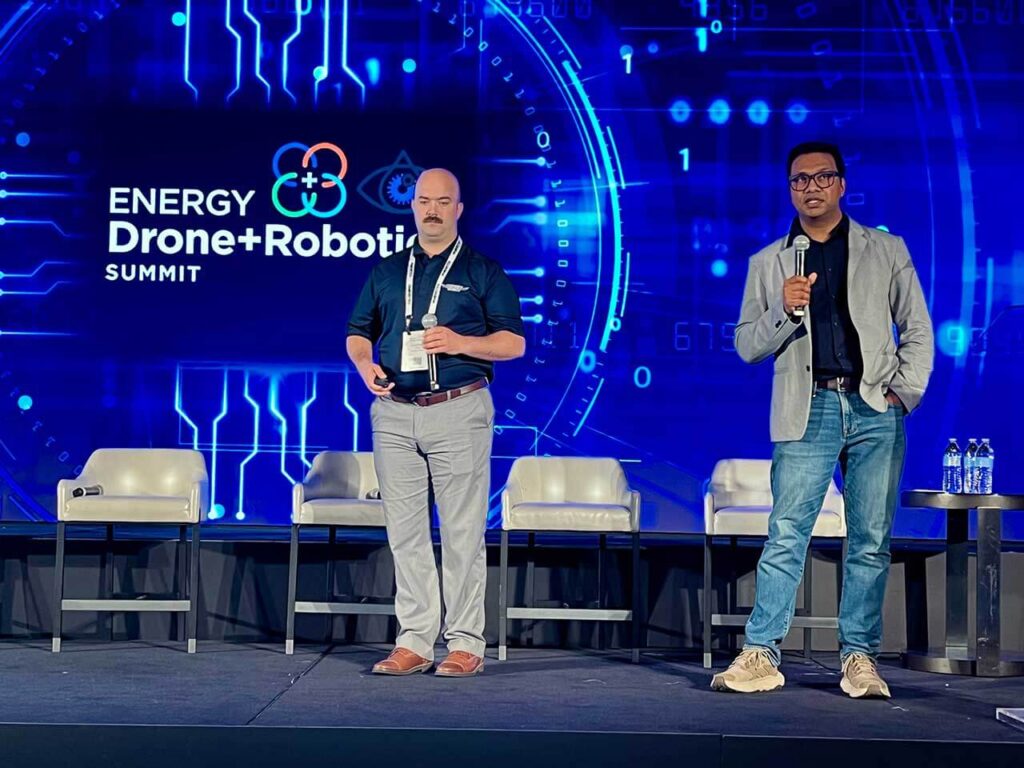
Digital Reporting and Collaboration
A key differentiator for Osprey Integrity is their integration of inspection data into agile digital platforms. All findings are then contextualized within Trendspek’s digital platform, which allows clients to visualize, annotate, track, and manage asset health remotely and collaboratively. Clients can access digital recreations of their assets, overlay inspection results, and track historical and current measurements—all in one place. This digital-first approach streamlines communication, enhances transparency, and supports long-term asset management strategies. This digital integration empowers operators to make informed, data-driven maintenance decisions.
Methodology Benefits
This workflow is especially effective for large-diameter assets (six feet or greater), where traditional inspection methods are particularly cumbersome and costly. The hybrid approach accelerates inspections, delivers richer and more actionable data, and significantly reduces operational disruption. By integrating visual, thermal, and quantitative data into a unified workflow, Osprey Integrity enables smarter, safer, and faster CUI detection—setting a new standard for asset integrity management.
Real-World Impact: Cost Savings, Safety, and Sustainability
For energy operators like Suncor Energy, the benefits of Osprey Integrity’s approach are clear:
- Reduced Downtime: Inspections that once took days can now be completed in under an hour, minimizing production disruptions.
- Cost Efficiency: Drone inspections are up to 90% more cost-effective than full scaffold builds and about 12% more efficient than aerial work platforms, depending on the asset and methodology.
- Enhanced Safety: By reducing the need for personnel to work at height or in hazardous environments, drones significantly lower the risk of accidents.
- Regulatory Compliance: Early detection and targeted repair of CUI help operators stay ahead of regulatory requirements and avoid environmental incidents.
(Watch Osprey and Suncor on the Dawn of Autonomy here).
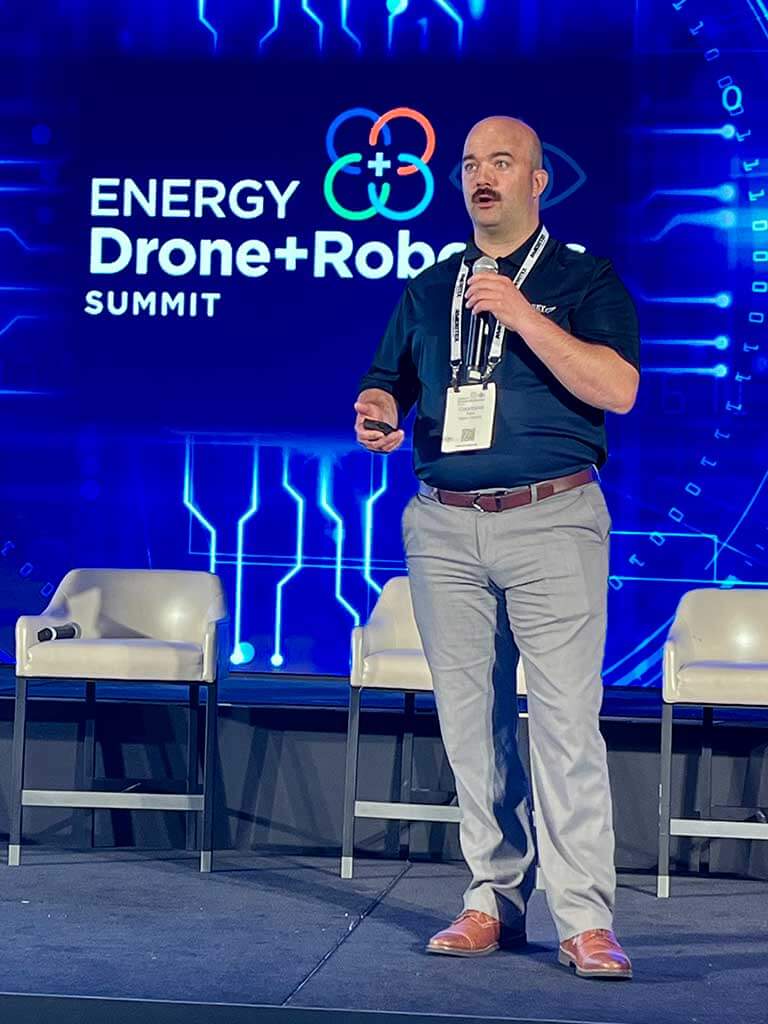
Continuous Improvement: Fail Fast, Fail Forward
Osprey Integrity’s philosophy is rooted in continuous improvement—“fail fast, fail forward.” Every inspection, whether successful or not, feeds back into their knowledge base, driving iterative refinement of their methods. This approach has enabled them to adapt quickly, expand their capabilities, and consistently deliver value to clients.
While the technology excels with large assets, Osprey is transparent about its limitations. Smaller piping systems still require more traditional or robotic inspection methods due to the physics of thermal reflection and access constraints. Moreover, the success of the methodology depends on the skill and training of the operators, particularly in interpreting thermographic data.
Shaping the Future of CUI Detection and Asset Integrity Management
As industries face increasing pressure to optimize costs, enhance safety, and meet stringent environmental standards, the adoption of advanced inspection technologies continues to accelerate across the globe. Osprey Integrity exemplifies this transformation. From its Canadian origins to its recent expansion into Colorado, the company’s rapid growth reflects a broader industry shift toward data-driven, technology-enabled asset management.
By seamlessly integrating drones, thermography, and advanced data analytics, Osprey Integrity has set a new benchmark for CUI detection in the oil and gas sector. Their inspections are not only faster, safer, and more cost-effective than traditional methods, but also deliver richer, more actionable insights. This empowers operators to make smarter maintenance decisions, extend asset life, and minimize operational disruptions.
Osprey’s commitment to continuous improvement and digital integration ensures clients receive real-time, collaborative access to inspection data—driving smarter, more proactive asset management. By partnering with forward-thinking operators and staying at the forefront of innovation, Osprey Integrity has already played a pivotal role in shaping CUI detection and asset integrity management.
For energy asset owners striving to remain competitive, compliant, and safe, embracing innovative partners like Osprey Integrity is not just an advantage—it’s essential for the future of asset integrity management.
This article was inspired by a presentation by Osprey Integrity and Suncor Energy at the Energy Drone and Robotics Coalition Summit 2025.
By: Dawn Zoldi

